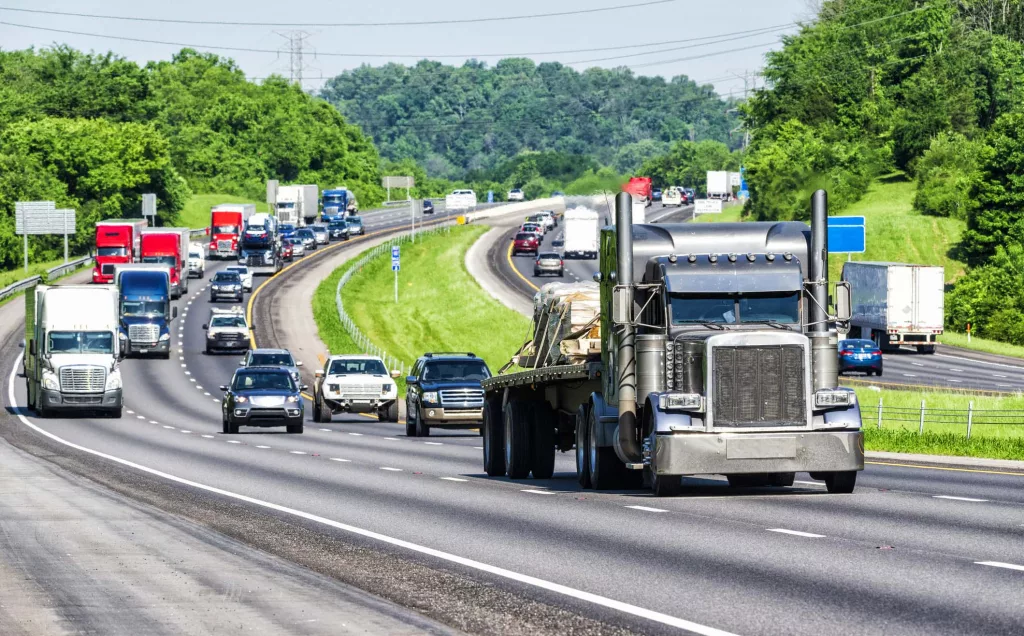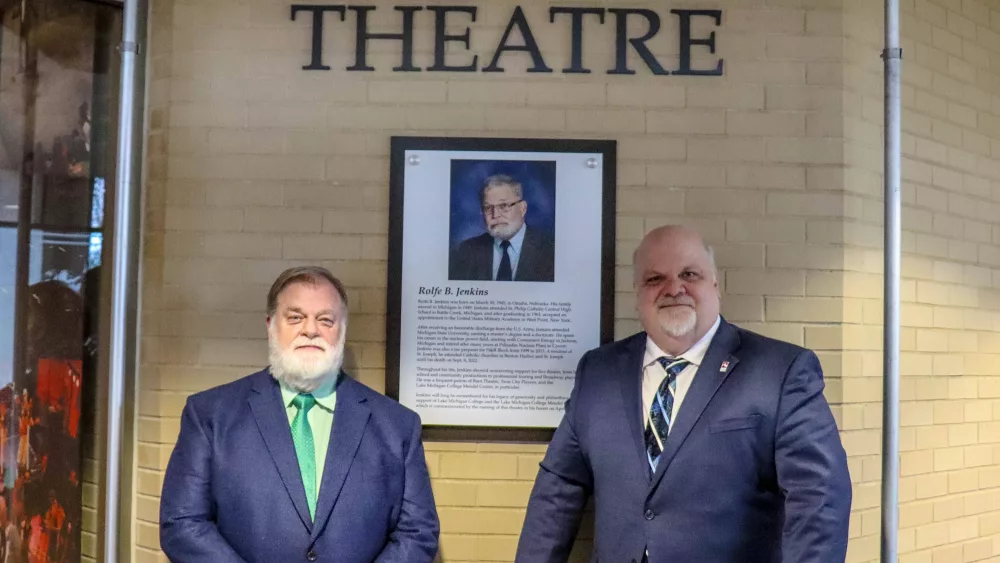AAA has released the results of a study it’s done on driver assistance systems in vehicles. It says it’s found them to be inconsistent. More from AAA:
Another round of AAA testing reveals more inconsistencies with the performance of driving assistance systems found in vehicles on the road today, resulting in crashes with a simulated car and bicyclist.
AAA researchers conducted the tests using the following three vehicles:
· 2021 Subaru Forester with “EyeSight®”
· 2021 Hyundai Santa Fe with “Highway Driving Assist”
· 2020 Tesla Model 3 with “Autopilot”
Each of these vehicles has active driving assistance systems, which combines the tasks relating to maintaining lane position, forward speed, and following distance from the vehicle within the same lane. This is also the highest level of vehicle automation available for purchase by the public. The technologies are not meant to replace the driver, nor are they considered automated vehicles.
AAA tested how this technology responds to a series of real world scenarios, including an oncoming car veering into the test car’s traffic lane, and a bicyclist crossing the street. The tests were conducted on a closed course, using a foam car – similar to a small hatchback – and an adult bicyclist dummy.
The findings were mixed:
· The active driving assistance system successfully and consistently detected and braked when approaching a slower-moving vehicle or bicyclist, moving in the same direction in the same lane.
· However, all test vehicles collided head-on with the foam car, while it was partially within the test car’s travel lane. Only one test vehicle significantly reduced speed before colliding on each run.
· A collision occurred 5 out of 15 test runs, or 33% of the time, when a cyclist crossed the travel lane in front of the test vehicle.
“The collisions that occurred during AAA testing could be deadly if they happened in a real world setting,” said Adrienne Woodland, spokeswoman, AAA – The Auto Club Group. “While driver assistance technology has made great strides for improving safety, it’s still not perfect. That’s why it’s important for drivers to understand their vehicle’s limitations and stay fully engaged while behind the wheel.”
AAA Recommendations for Automakers
· AAA believes manufacturers should improve existing active driving assistance systems to perform more consistently before focusing on more advanced, self-driving options.
· Manufacturers should implement driver-focused camera monitoring systems that encourage continual driver engagement and discourage distractions.
AAA Recommendations for Drivers
· Clearly understand how these systems work before integrating them into your regular driving. Request a demonstration from the dealership and thoroughly read the vehicle owner’s manual and other information provided online by the automaker.
· Understand that no car is fully autonomous. These systems cannot perform without constant supervision from a driver who is ready to intervene.
Americans are Unready for Self-Driving Vehicles
A new AAA survey reveals consumer distrust of fully self-driving vehicles remains high.
· 85% remain afraid, or are at least unsure about riding in self-driving cars.
Despite this hesitation, consumers show strong interest in existing vehicle safety systems like:
· Automatic emergency braking (63%)
· Lane-keeping assistance (60%)
“It’s hard to sell consumers on future technology if they don’t trust the present,” added Woodland. “And drivers tell us they expect their current driving assistance technology to perform safely at all times. Unfortunately, our testing demonstrates that spotty performance is the norm rather than the exception.”
AAA believes education and experience are the keys to greater acceptance of self-driving vehicles. To achieve this, AAA urges automakers to improve existing vehicle safety technology to perform consistently and dependably. When drivers interact with the safety systems on their vehicle, they may equate this experience with what it would be like to ride in a car that drives itself.
Consumer Survey Methodology
The AAA consumer survey was conducted on January 13-16, 2022, using a probability-based panel to represent the U.S. household population overall. The panel provides sample coverage of approximately 97% of the U.S. household population. Most surveys were completed online; consumers without Internet access were surveyed over the phone. A total of 1,107 interviews were conducted among U.S. adults 18 years of age or older. The margin of error for the study is 4% at the 95% confidence level.
Vehicle Testing Methodology
Closed course testing occurred at AAA Northern California, Nevada, and Utah’s GoMentum Station proving ground in Concord, California. Using a defined set of criteria, AAA selected the following vehicles for testing: 2021 Subaru Forester with “EyeSight®,” 2021 Hyundai Santa Fe with “Highway Driving Assist,” 2020 Tesla Model 3 with “Autopilot” and were sourced from the manufacturer or specialty rental fleets. Please refer to the full report for specific methodology regarding testing equipment and closed-course test scenarios.
AAA in Michigan celebrated its 100th Anniversary – A Century of Service in 2016 and has over 1.5 million members across the state. It is part of The Auto Club Group (ACG). Connect with us on Facebook and LinkedIn.






